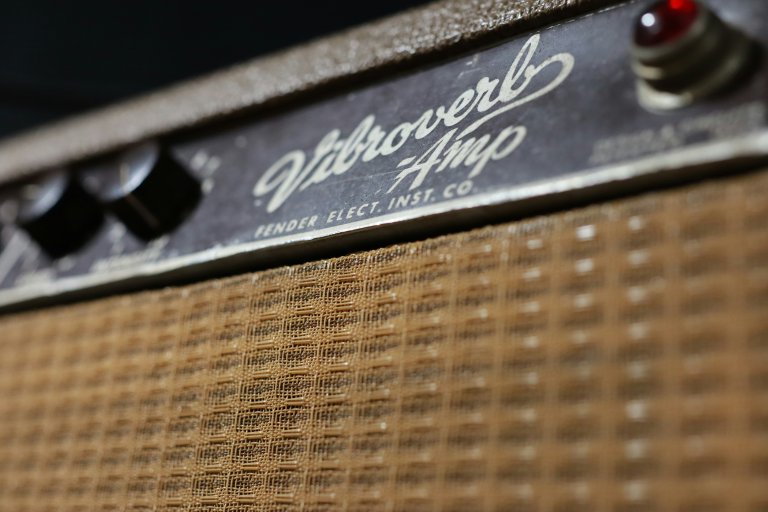Computer Speakers: Enhance Your Audio Experience
In today’s digital age, computers have become an essential part of our daily lives. Whether for work or entertainment, we spend a significant amount of time in front of our screens. As such, having a high-quality audio experience is crucial. This is where computer speakers come in. Not all computers come with built-in speakers, and even if they do, they may not provide the best audio output. This is where dedicated computer speakers come in to enhance your audio experience. In this article, we will delve into the world of computer speakers, their types, and their importance.
Types of Computer Speakers
Computer speakers come in various shapes, sizes, and styles. They vary in functionality, sound quality, and price. Here are the three main types of computer speakers:
1. Stereo Speakers
Stereo speakers are the most common type of computer speakers. They consist of two speakers, a left and a right speaker, and are designed to give a 2.0 audio output. They are relatively small in size and are often placed on either side of the computer screen. Stereo speakers are perfect for listening to music, watching movies, or playing games on your computer. They are also the most affordable type of computer speakers available.
2. Surround Sound Speakers
Surround sound speakers are a more advanced type of computer speakers. They consist of multiple speakers strategically placed around the room to give a more immersive 3D audio experience. These speakers come in different configurations, such as 2.1, 5.1, or 7.1, depending on the number of speakers included. The first number after the decimal point indicates the number of satellite speakers, while the second number indicates the number of subwoofers. Surround sound speakers are perfect for gaming, watching movies, and listening to music.
3. Soundbars
Soundbars are long, slender speakers that typically sit in front or below the computer screen. They use advanced digital sound processing technology to simulate surround sound using only one speaker. Unlike traditional surround sound speakers, soundbars do not require multiple speakers or subwoofers, making them a space-saving option. However, they do not provide the same level of audio quality as traditional surround sound speakers.
Features to Consider
When choosing computer speakers, there are a few key features to consider to ensure that you get the best audio experience possible. These include:
1. Audio Quality
The audio quality of computer speakers is determined by a combination of factors, including the frequency response, driver size, and power output. A wider frequency response range (measured in Hertz) means that the speaker can produce a wider range of sounds. Larger driver sizes (measured in inches) can produce more powerful bass, while higher power outputs (measured in watts) result in louder sound. It’s essential to find a balance between these factors to achieve the best audio quality.
2. Connectivity Options
Most modern computer speakers come with a range of connectivity options, including Bluetooth, USB, and auxiliary (aux) input. Bluetooth connectivity allows for wireless streaming from your computer or other devices, while USB and aux inputs connect directly to your computer. If you want the flexibility of multiple connectivity options, choose a speaker with Bluetooth and USB or aux inputs.
3. Size and Design
Computer speakers come in different shapes and sizes, so it’s crucial to consider your available desk or shelf space when choosing. Some speakers, like soundbars, are designed to sit below the computer screen, while others, like stereo speakers, can be placed on either side. Additionally, consider the design of the speakers and how they will fit in with your overall aesthetic.
The Importance of Computer Speakers
You may be wondering, do I really need computer speakers? The answer is yes. Here are some reasons why:
1. Better Sound Quality
The most obvious reason to invest in computer speakers is for better sound quality. Built-in speakers on laptops or all-in-one computers are usually small and do not offer the best audio output. Dedicated computer speakers are designed to produce better sound quality, making your listening experience more enjoyable.
2. Versatility
Computer speakers are not limited to just your computer. Many modern speakers come with Bluetooth connectivity, allowing you to use them with other devices such as smartphones or tablets. This versatility makes computer speakers a more practical audio solution for your home.
3. Enhances Gaming Experience
If you are a gamer, you know that great audio is just as important as high-quality graphics. Whether it’s the sound of explosions, footsteps, or background music, computer speakers can significantly enhance your gaming experience and make it more immersive.
4. Better for Video Conferencing
In recent times, video conferencing has become an integral part of our lives. Poor audio quality can lead to communication issues during these virtual meetings. By investing in a good set of computer speakers, you can ensure that you are clearly heard and understood during video calls.
Conclusion
Computer speakers may not seem like a necessary investment, but they truly make a difference in your overall audio experience. From improving sound quality to enhancing your gaming or video conferencing experience, having dedicated computer speakers is a valuable addition to any home office setup. When choosing computer speakers, consider your budget, audio quality, connectivity options, and design to find the perfect fit for your needs. With a good set of computer speakers, you can enjoy high-quality audio for all your computer activities.



